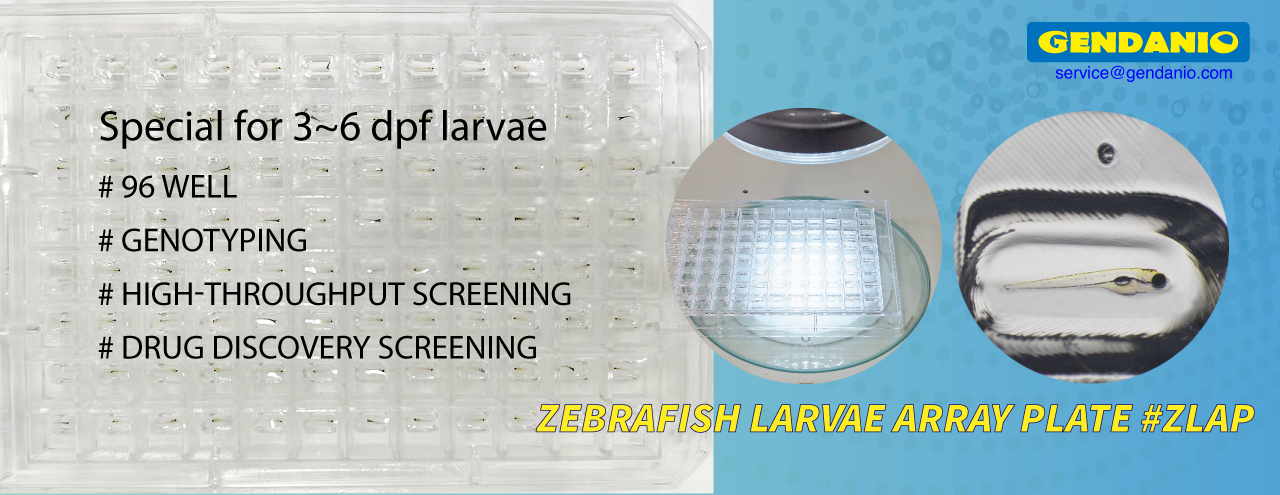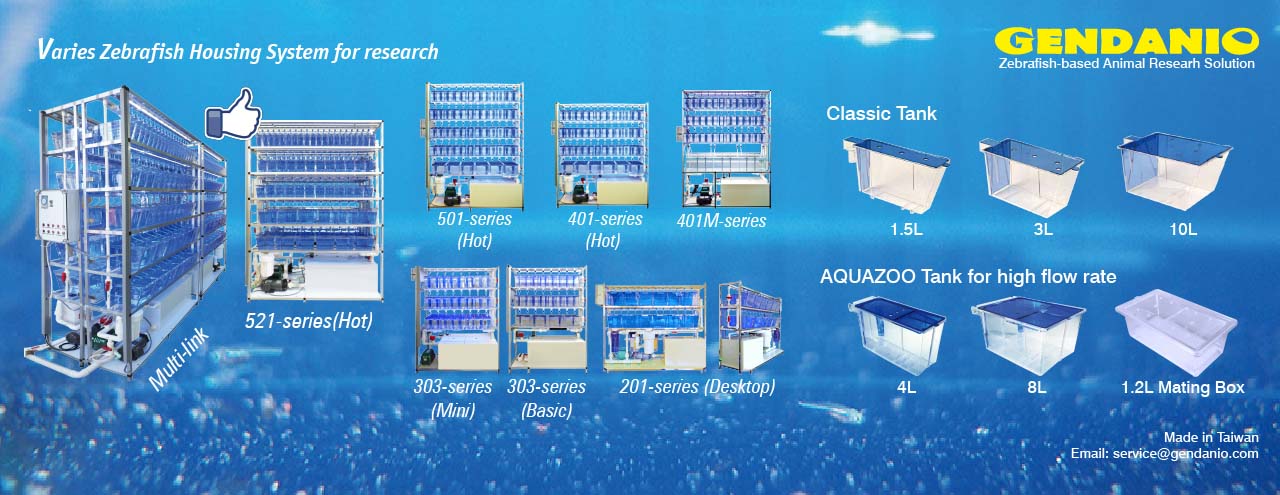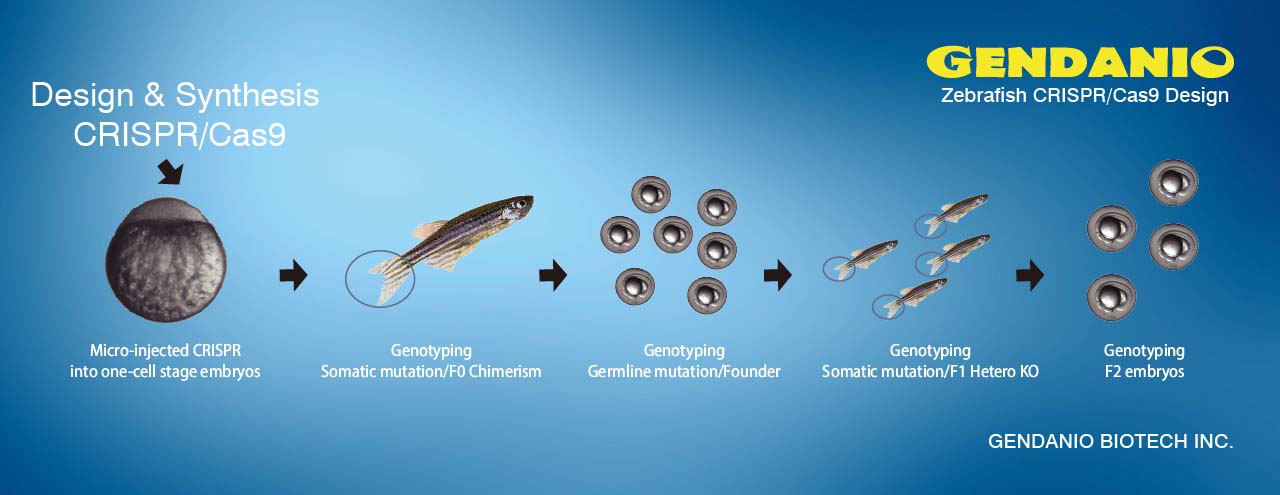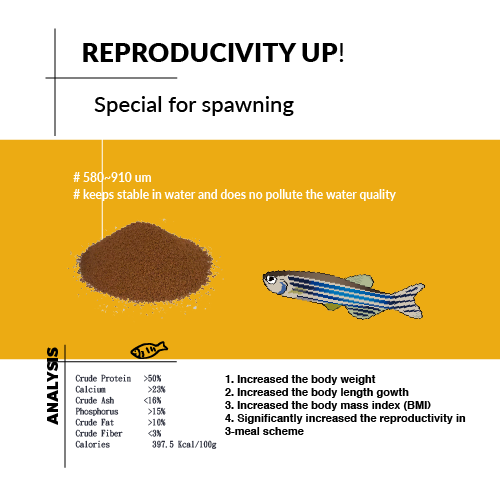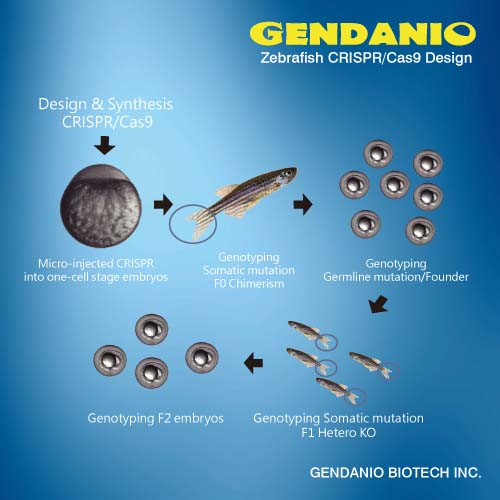血管发育是胚胎发育的重要过程,研究血管发育的分子机制有重要的生理和病理意义。microRNA-126是内皮细胞特异表达的微小RNA(miRNA),参与调节血管生成和维持血管完整性,但其具体作用机制尚待进一步阐明。
荆清研究员研究组与刘廷析研究员研究组合作,利用斑马鱼作为模式生物,发现在斑马鱼基因组内存在两个miR-126位点(miR-126a/b),可在体外和体内产生成熟有生物活性的miRNA。这一研究成果公布在Circulation Research杂志上。
研究发现miR-126a/b参与调节胚胎血管完整性,且有协同效应。进一步研究表明,miR-126a/b通过调节内皮细胞中pak1的表达水平达到调节血管完整性目的。该研究拓宽了对内皮细胞miRNA功能的认识,有助于阐明miRNA调节血管发育的作用机制和深入探索结构性血管疾病的发病机理。
今年六月,荆清研究员研究组还深入研究了microRNA-1 (miR-1) 在心肌肥厚中的作用及其调控机制,发现miR-1是心脏中表达丰度最高的miRNA,且特异表达于心肌细胞。这一研究成果公布在国际学术期刊 Journal of Cell Science 上。
心肌肥厚是心脏在受到各种生理刺激,组织损伤或者内分泌失调的情况下产生的肥厚性生长。心肌肥厚在功能上是一个初始的适应性反应,有助于增大心脏的收缩力,维持心脏血输出量,但是持续的肥厚最终会导致心衰和猝死。因此对心肌肥厚的发病机制的研究一直是生命科学研究的热点问题。最近研究表明,一种新的基因调控因子,microRNA (miRNA),参与了心肌肥厚的发生发展过程。然而,目前对miRNA在心肌肥厚过程中的作用及机制研究尚处于起步阶段,有待于进一步阐明。
在这篇文章中,研究人员深入研究了microRNA-1 (miR-1) 在心肌肥厚中的作用及其调控机制。该研究发现miR-1是心脏中表达丰度最高的miRNA,且特异表达于心肌细胞。进一步研究发现在心肌肥厚过程中,miR-1的表达水平下调,并证明了miR-1具有抑制心肌细胞肥大的作用。重要的是,该研究进一步确认了一个细胞骨架结合蛋白twinfilin-1是miR-1的一个靶基因,并且首次报道了该蛋白具有促进心肌细胞肥大的作用。
这些结果表明心脏在受到肥厚性刺激后,miR-1水平的降低引起twinfilin-1的表达上调,从而通过调控心肌细胞骨架导致心肌肥厚。该研究不仅拓宽了对心肌肥厚分子机制的认识,有助于阐明miRNA调控心肌肥厚的分子机制,并且为心肌疾病的治疗提供了新的理论依据和潜在靶点,具有较强的理论意义和应用价值。相关研究目前已申请专利。(生物谷Bioon.com)
生物谷推荐原文出处:
Circulation Research doi: 10.1161/CIRCRESAHA.110.225045
Two Functional MicroRNA-126s Repress a Novel Target Gene p21-Activated Kinase 1 to Regulate Vascular Integrity in Zebrafish
Jun Zou ; Wen-Qing Li ; Qing Li ; Xiang-Qi Li ; Jun-Tao Zhang ; Gan-Qiang Liu ; Jian Chen ; Xiao-Xu Qiu ; Fu-Ju Tian ; Zhi-Zhang Wang ; Ni Zhu ; Yong-Wen Qin ; Bairong Shen ; Ting Xi Liu *; and Qing Jing *
From the Key Laboratory of Stem Cell Biology (J.Z., W.-Q.L., Q.L., X.-Q.L., J.-T.Z., J.C., X.-X.Q., F.-J.T., Z.-Z.W., T.X.L., Q.J.), Institute of Health Sciences, Shanghai Institutes for Biological Sciences, Chinese Academy of Sciences, and Shanghai Jiao-Tong University School of Medicine, Shanghai; Department of Cardiology (N.Z., Y.-W.Q., Q.J.), Changhai Hospital, Shanghai; Suzhou University (B.S); Tongji University (G.-Q.L, B.S.), Shanghai; and Graduate School of Chinese Academy of Sciences (J.Z., Q.L., J.C., X.-X.Q., F.-J.T.), China.
* To whom correspondence should be addressed. E-mail:
Rationale: MicroRNAs (miRNAs) are key regulators of vascular development and diseases. The function and underlying mechanism of endothelial miRNAs have not been fully defined.
Objective: To investigate the role of endothelial miR-126 in zebrafish vascular development.
Methods and Results: Two homologs of miR-126, miR-126a (namely miR-126 in previous literature) and miR-126b, with only 1 nucleotide difference in their mature sequences, were identified in zebrafish genome. In vitro analysis showed that both precursors could sufficiently produce mature functional miRNAs. Expression analyses by Northern blot and quantitative RT-PCR showed that both miR-126s accumulated significantly 12 hours after fertilization and were specifically expressed in endothelial cells of zebrafish. Inhibition of miR-126a or miR-126b with specific morpholinos caused cranial hemorrhage, and simultaneous inhibition of both miR-126s resulted in a pronounced hemorrhage in higher percentage of embryos. Bioinformatics prediction showed that the targets of miR-126a/b partially overlapped but essentially differed. p21-activated kinase1 (pak1) was identified as a novel target of miR-126a/b, and pak1 3' untranslated region was differently regulated by these 2 miRNAs. Quantitative RT-PCR, in situ hybridization, and Western blot analyses showed that the level of pak1 was reduced when miR-126a/b were overexpressed. Notably, pak1 expression in endothelial cells was increased when miR-126a/b were knocked down. Furthermore, overexpression of the active form of human pak1 caused cranial hemorrhage, and knockdown pak1 effectively rescued the hemorrhage caused by inhibiting miR-126a/b.
Conclusions: Two functional endothelial cell–specific miRNAs, miR-126a and miR-126b, synergistically regulate zebrafish vascular integrity, and pak1 is a critical target of miR-126a/b in vascular development.
Key words: miR-126 ? pak1 ? vascular development ? zebrafish
Soruce: www.bioon.com

